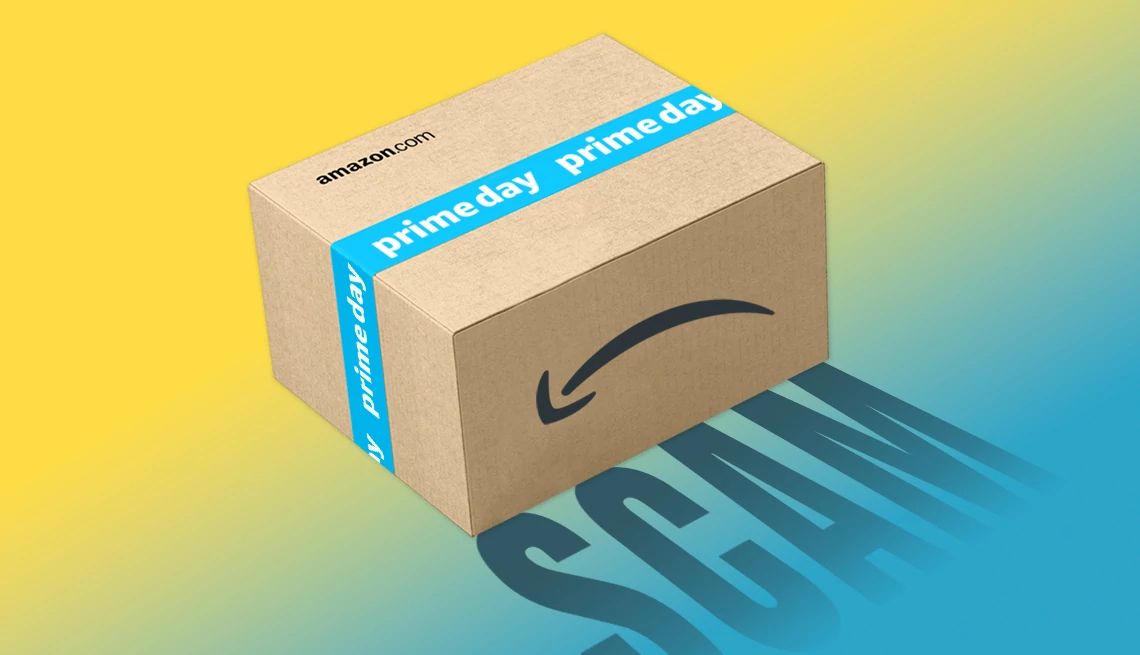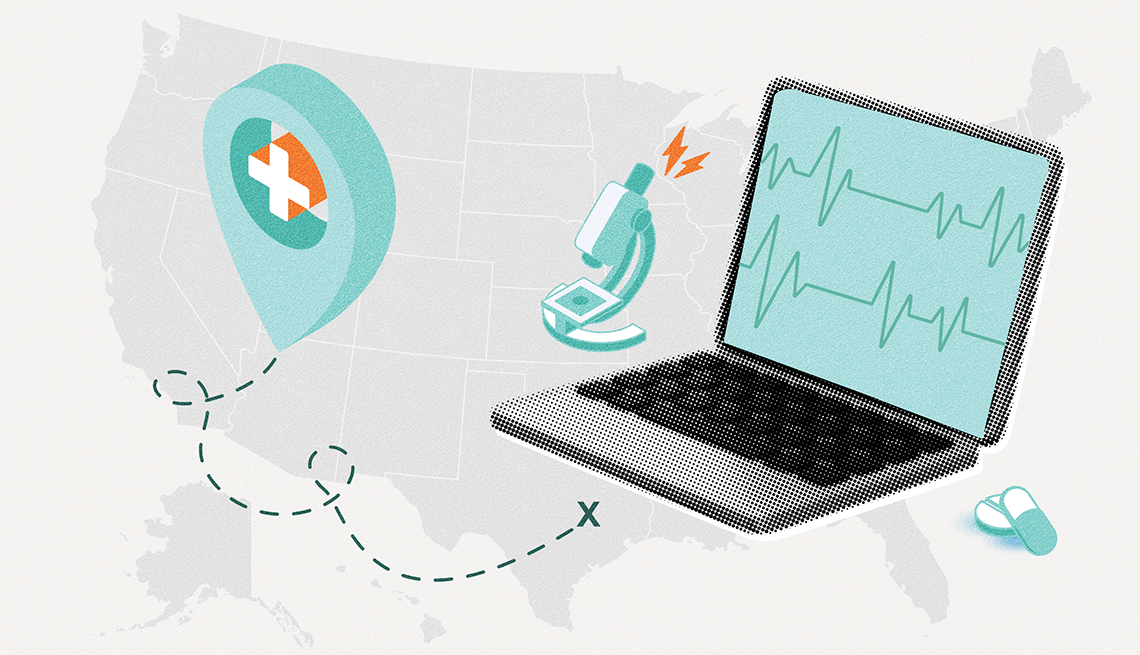AARP Hearing Center


There’s no denying how massive Amazon has become in American life, for better or worse; it’s the go-to “everything store” for tens of millions of people, a behemoth that raked in nearly $575 billion in 2023. That’s why its name is so commonly used by criminals in scams of all stripes. And with the arrival of Amazon Prime Days on October 8 and 9, when many of its products go on sale, scammers may be ready to take advantage of consumers’ desire for great deals.
The company was the second-most frequently impersonated organization in 2023, according to the Better Business Bureau, which collects scam reports through its BBB Scam Tracker.
“Amazon’s a great target because they’re almost universal,” says Alex Quilici, CEO of YouMail Inc., an Irvine, California-based firm that tracks scam calls and offers robocall-blocking apps. “Very few people don’t do some ordering from Amazon. For them to get a call from Amazon or a fraud alert doesn’t seem that unusual. People just think, ‘Oh, this is Amazon trying to help me out.’ ”
He notes that these days imposters are less likely to use phone calls for such scams, as they are “now moving aggressively to text messaging.”
The most common Amazon scams
“Suspicious Activity Scams” are now the most common kind of Amazon impersonation scam the company is seeing, accounting for more than one-quarter of all reports, according to Scott Knapp, Amazon’s Director of Worldwide Buyer Risk Protection.
If you’re reached by phone, the scam tends to start with someone saying there has been suspicious activity on your account, and then asks you to press 1 or call another phone number. Next, the criminal may ask for your Amazon account information. Or they may ask to help you by taking over control of your computer via software that lets them gain access to your credit card, banking and other sensitive information — so they can steal your identity and your money.
(The Federal Trade Commission [FTC] offers an example of a typical Amazon impersonation robocall here.)































.jpg?crop=true&anchor=13,195&q=80&color=ffffffff&u=lywnjt&w=2008&h=1154)
































More From AARP
Clean Energy Scams Surge
How to spot and avoid scammers touting big savings from bogus solar and other clean energy plans
Fraud Victims Hit Again by Scammers Promising to Recover Stolen Cash
Be aware of criminals’ touting recovery scams when you’re feeling desperate to be made whole againWhat to Know About the Latest Amazon-Impostor Scams
Be aware of the latest ways criminals use the company’s name to steal from consumersRecommended for You